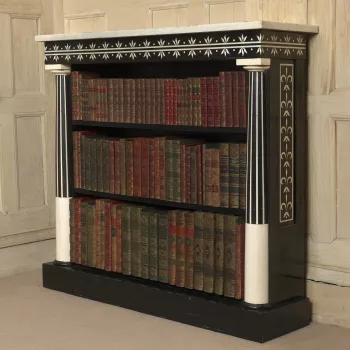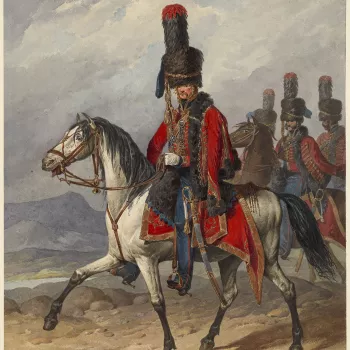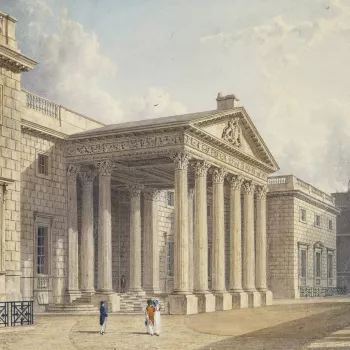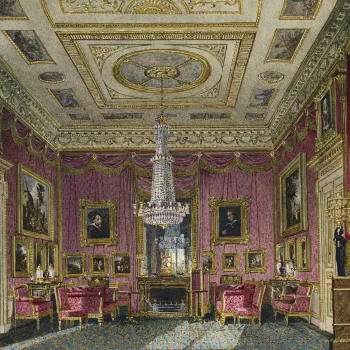
The Exhibition
George IV (1762–1830) had a lifelong fascination with art and architecture and formed one of the greatest collections of paintings and decorative arts in Europe.
The eldest child of George III and Queen Charlotte, George was clever and wilful, and railed against his parents’ authority. As a young man he became known for his mistresses, drinking and his dandyish clothes. Satirists issued prints which criticised his lifestyle, and his exploits were recounted with horror in newspapers. In 1811, when his father became unable to rule through mental illness, George was appointed Prince Regent. He became King on his father’s death in 1820. He was an unpopular monarch, whose lavish lifestyle was out of touch with a country suffering from economic hardship and political turmoil.
George’s collection of art furnished his residences, which themselves were masterpieces designed by leading architects. His carefully choreographed spectacles displayed the magnificence of monarchy, chief among them his coronation. George’s purchases remain some of the greatest works in the Royal Collection. His architectural vision created the palaces in London and Windsor still used today.


















